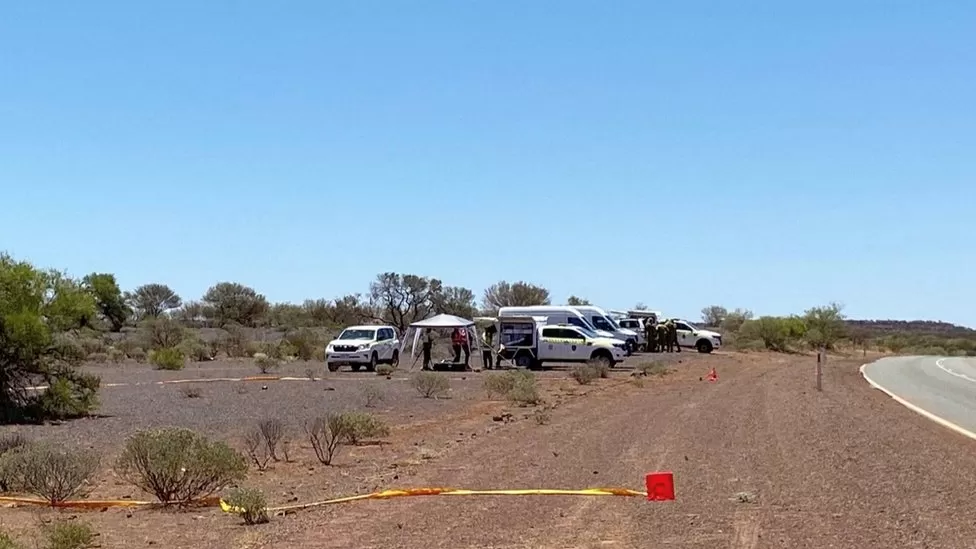On 25 January, when mining company Rio Tinto reported that one of their Caesium-137 radioactive capsules had gone missing, Western Australian authorities faced a seemingly impossible task.
They had to locate a pea-sized capsule anywhere along a 1,400km (870 mile) route stretching from the Gudai-Darri mine in the north of the state to a depot just north of Perth’s city centre.
Authorities sprung into action, mobilising specialist search crews to look for the capsule, with firefighters among those asked to foray from their usual summer tasks.
Experts were called in from across the country: nuclear science specialists, the emergency management agency and radiation protection officials.
Authorities believed the capsule had fallen off a radiation gauge that was being transported from a Rio Tinto mine site on 12 January to a storage facility in the north-eastern suburbs of Perth.
They thought vibrations during transit may have caused the bolts to become loose, allowing the capsule to fall through gaps in the casing and truck.
Caesium-137 (Cs-137) capsules are commonly used in radiation gauges in mining to measure the density of certain materials. But if you come into contact with one, it can cause severe burns and expose you to the equivalent of 10 x-rays per hour.
Before notifying the public to the threat, on 26 January, authorities began searching in Perth and around the mine site in Newman.
On 27 January, an urgent health warning was issued to notify the public about the risk posed by the radioactive capsule. Health authorities had a simple message to anyone who may come across it: Stay away.
“It emits both beta rays and gamma rays so if you have it close to you, you could either end up with skin damage including skin burns,” the state’s Chief Health Officer Andy Robertson warned.
Authorities were concerned it may have become lodged in the tyre of a passing car.

